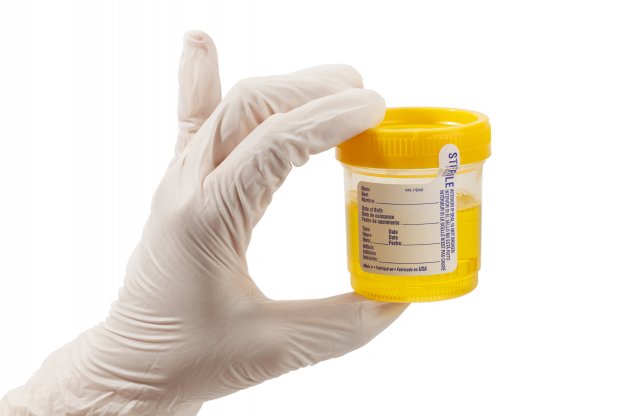The anti-doping movement in sports has never been more organized and better coordinated than it is today. In its effort to promote and coordinate the fight against performance-enhancing drugs (PEDs) in sports, the anti-doping movement has become increasingly more invasive in its methods. It now requires detailed “whereabouts” information from athletes for every day of the year so that drug control officers can collect more and more samples of the athletes’ bodily fluids.
It remains debatable whether or not drug testing had made much of a difference in the war on doping. The doping detection rate has remained relatively static at less than 2% for each of the past 25 years while doping estimates range from a conservative 20% to 80% and higher.
In spite of the lack of success thus far, anti-doping officials continue to hope that collecting more and more blood and urine samples will be the answer. It is quite likely that the long-lasting crowning achievement of the modern-day anti-doping movement will be the creation of the world’s largest collection of urine samples if not anything else.
The World Anti-Doping Agency (WADA) readily admits the likely possibility that athletes are potentially using currently undetectable PEDs or administering PEDs in such a manner to avoid detection by current anti-doping detection technology.
One of its solutions to deter athletes from using undetectable substances and undetectable methods is to store urine and blood samples for extended periods of time. If current technology is unable to bust steroid-using athletes, then maybe future technology will catch them via retrospective doping analysis.
The Union Cycliste Internationale (UCI), the Cycling Anti-Doping Foundation (CADF) and French Anti-Doping Agency (AFLD) recently announced that they would store the blood and urine samples of each year’s Tour de France winner as well as the top five finishers at all of cycling’s grand tours (e.g. Tour de France, Giro de Italia, La Vuelta de Espana) for a period of 10 years.
“The UCI, the CADF and the AFLD have agreed to keep the samples for potential retrospective analyses in the future,” according to joint statement released this month. “As for all Grands Tours, all the collected samples concerning the best five riders in the general classification will be kept for 10 years for potential retrospective analyses.”
This in line with the new 2015 WADA Code.The new and revised WADA Code went into effect on January 1, 2015 and introduced several new deterrents for athletes who use anabolic steroids and performance-enhancing drugs (PEDs). One of the more important ones was an increase in the storage time for urine and blood samples from eight years to 10 years.
Considering that the WADA Code has been adopted by more than 600 sports organizations around the world, including international sports federations, national anti-doping organizations and the International Olympic Committee (IOC), this means that WADA could very likely have a urine collection of unprecedented proportions
Maintaining such a collection is no small feat. The storage of such a huge urine collection requires extensive climate-controlled facilities. Urine storage is a dirty business. This is not so much due to urine itself which is sterile when it leaves the body but due to the inevitable contamination that happens during the collection process and transport.
Urine a rich nutrient source for microbial growth and under the normal conditions and rapidly contaminate an entire sample within a few hours. If microbial growth is not inhibited, the enzymatic processes involved could radically transform various steroid hormones, and PEDs leading to false-negative and false-positive doping test results. This would clearly render the urine sample spoiled and unsuitable for analysis. To maintain the integrity of urine samples requires that the samples be stored in a freezer at temperatures of less than 20 degrees Celsius (°C).
It probably won’t make a difference in the state of doping in sports much less stop doping. On the other hand, the urine sample collection will definitely represent a “who’s who” of all the greatest athletes of our generation. The world’s fastest man Usain Bolt. Yep. This is what his urine looked like at the 2015 IAAF World Athletics Championships. 2015 Tour de France champion Chris Froome. Yep. A few of his urine samples are in the freezer as well. 2012 London Olympic gold medalist and 800-meter world record holder David Rudisha. Got his too.
Just think how cool it will be to find out if one of these guys really was a steroid user. The only thing is you may have to wait until 2025 to find out.

